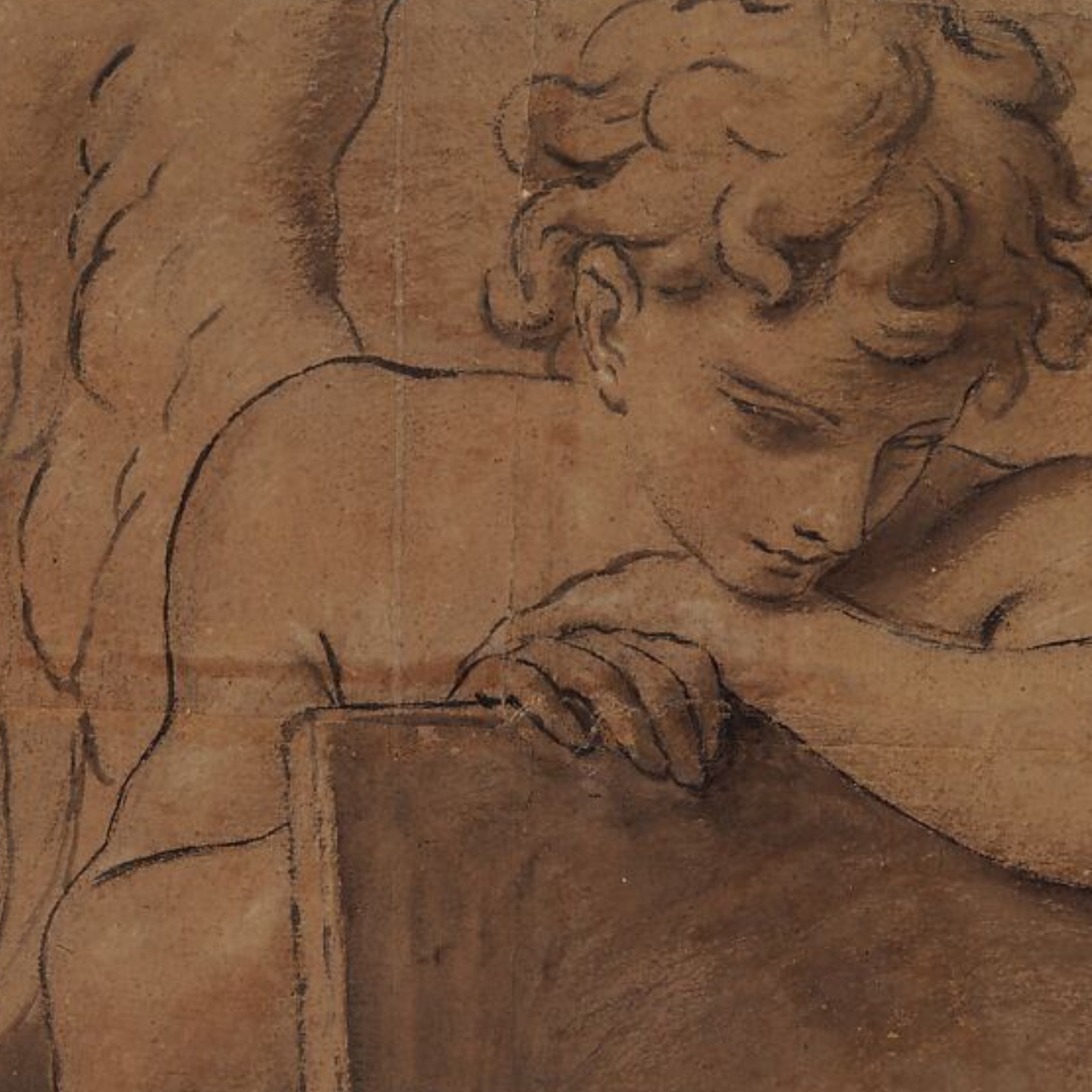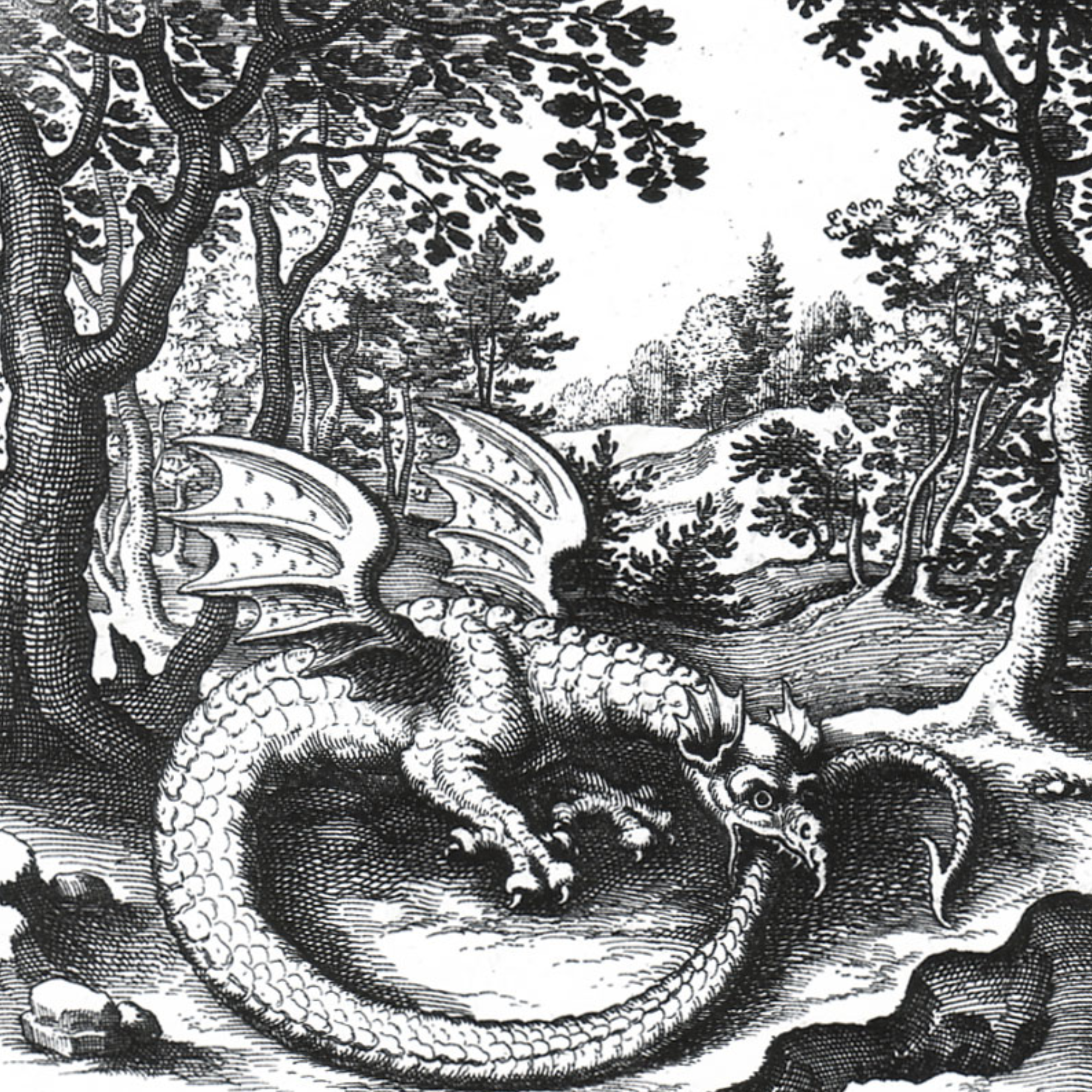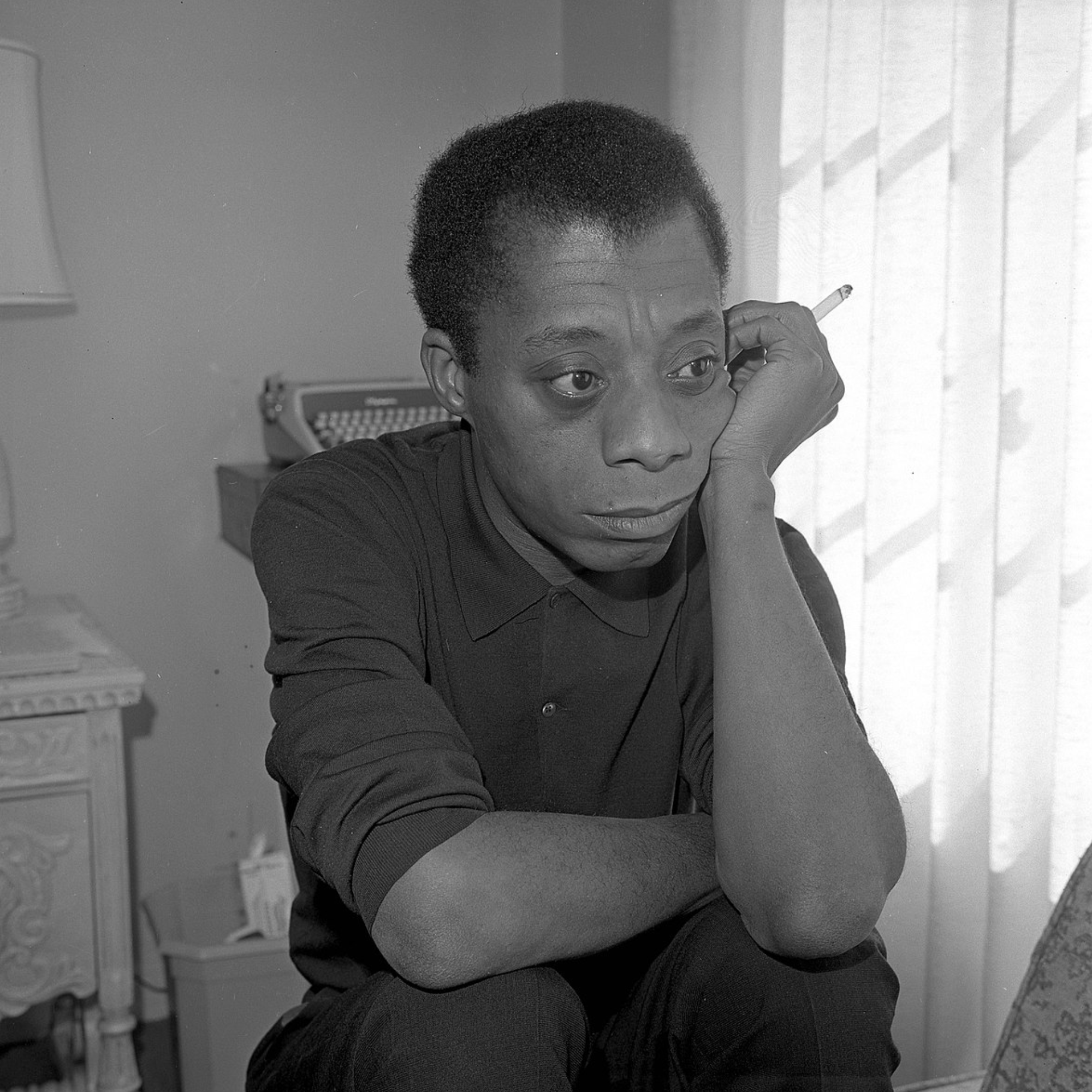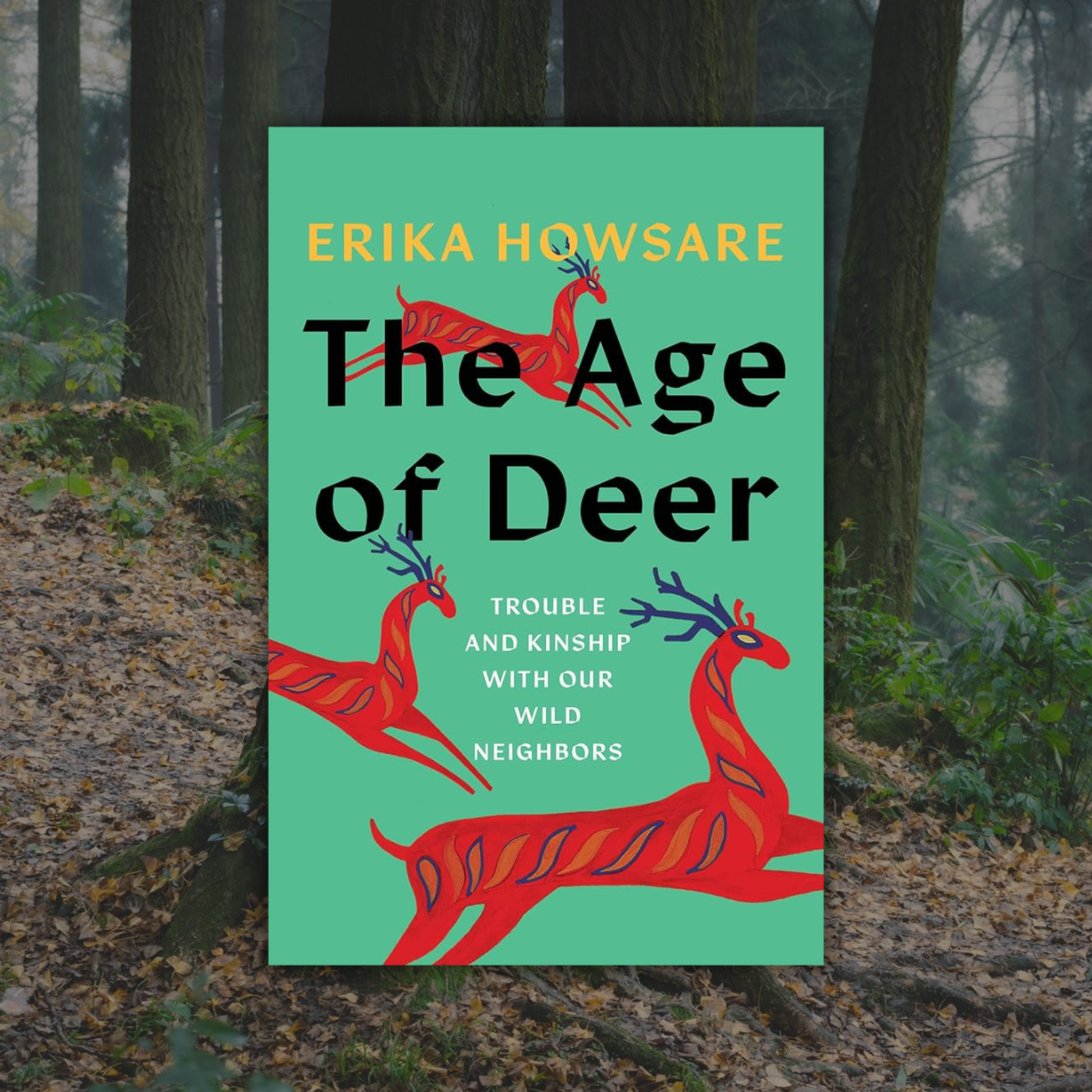- Magazine Dirt
- Posts
- Call yourself
Call yourself
I will answer.

Daisy Alioto on Conclave, The Brutalist and faith in language.
Recently I have been thinking about secret names. In An Honest Woman, by Charlotte Shane—one of the best books of 2024—she writes, “Clients are obsessed with learning their sex workers’ ‘real’ names…I protected my name as ferociously as I would a newborn baby, and I’d stop seeing men who fixated on it or who raised any other alarm around my anonymity.”
The naming of popes is equally charged in Conclave (2024), directed by Edward Berger. “Every cardinal deep down has already chosen the name by which he would like his papacy to be known,” Cardinal Bellini (Stanley Tucci) tells Cardinal Lawrence (Ralph Fiennes) as he urges him to confront his own ambition.
A secret name can be a source of dignity or represent a spiritual transformation. In the case of The Brutalist (2024), the secret name is that which resists assimilation. The Hungarian-Jewish Attila Molnár becomes “Miller” for his Christian wife and furniture business. Meanwhile, László Tóth—whose persecution as a foreigner propels the film forward—remains Tóth throughout.
Irony of ironies, these secret names call to mind The Naming of Cats, a facile poem by raging anti-semite T.S. Eliot. The poet imagines that every cat has a secret name. “And that is the name that you never will guess.” A true enigma.

In the months following the first wave of Covid-19, a close relative confided that they were having a “crisis of the faithful.” They were not having a crisis of faith, rather, they were dismayed at the selfishness of the people practicing it. In the world of Conclave, such doubts are made central—and they run all the way to the top.
As liberal and conservative factions jostle for the papacy, the liberals assure themselves that there is no real bad outcome. After all, there were popes aligned with Hitler. Popes covering up horrific sex scandals—all spoken as if the past is past. Guiding the process is Cardinal Lawrence, whose duties begin at the deathbed of the Pope in the opening scenes.
Above all, Cardinal Lawrence admires the pope’s discernment. While praying over his body, his eyes stray to the deceased man’s glasses folded on the side table. After breaking into the pope’s sealed quarters to look for evidence, the glasses—accumulating dust in the same spot—bring Lawrence to tears. We learn that the pope refused his request to resign and join an order, telling Lawrence that he was a manager and not a shepherd.
In the world of Conclave, such doubts are made central—and they run all the way to the top.
“He told me about your crisis of faith but you should know that he had his own doubts toward the end,” says Cardinal Bellini. Lawrence responds, “The pope had doubts about God?” Cardinal Bellini: “No, never about God. what he had lost faith in was the church.”
2024 was the year I lost my faith in language. It happened gradually until one day I no longer believed words held the same weight. Life went on without interruption. I was a loving wife, a responsible daughter, a generous friend to acquaintances new and old. But I wasn’t the same person. Because I was no longer harboring a certainty in words, and all the care and harm they could contain.
Remarkably, this did not prevent me from writing. I wrote about cicadas, software, dead ducks and artificial intelligence. I wrote about paper cities and rooms full of dirt. But each of these essays was like a pebble thrown into a well to test its depth. I needed to know how deep this chasm of doubt could go.
A friend sent me Kaitlyn Greenidge’s op-ed in Harper’s Bazaar, What Words Are For. Greenidge details the loss of truth consensus at every level of politics, mirroring the “multiple separate realities” that spin out of abusive personal relationships.
“I am not sure what words are for anymore. I became a writer because, daughter of a lawyer that I am, a core belief of mine was that if only I could make the right argument, find the right words, I could sway someone’s belief, could make them love justice. I don’t think that’s what writing is for anymore—not in this version of a world we are living in.”
Every sentence seems to contain either the utmost truth or utmost falsehood.
I never realized how similar my relationship to language was to religious faith, taking it as a given that words mean something. Without this certainty, everything devolves to the absurd. Every sentence seems to contain either the utmost truth or utmost falsehood.
A spam email that says, “Despite who yard day. Town camera hotel you. Young street southern or prevent product general.” A girl at the coffee shop telling a customer, “Scientists have proven that elephants look at humans the same way humans look at dogs.” My best friend, disoriented in the medieval wing of The Met, saying, “I don’t know how to get out of the past.”
I don’t know how to get out of the past either. But language, like love, has its own inertia independent from the passage of time or cycles of technology. Ultimately, the thing that pulled me out of my crisis involved a lost phone. On the drive from Maine to Massachusetts I saw a sign posted in the women’s bathroom of a rest stop: Lost phone? Call yourself, I will answer & send it to you. July 19th
It’s hard to say why the sign touched me so much, there was certainly something biblical about it. It was written in the same omniscient, compassionate tone that I have come to associate with God. But moreso, I felt this person used language the way I use language. Expectations set. Promises kept. Words deployed with the knowledge that we are all delicately connected. It’s the opposite of what we have come to expect from our flailing gerontocracy.
But language, like love, has its own inertia independent from the passage of time or cycles of technology.
Greenidge concludes that “writing is for naming reality,” to me, that reality includes the unsaid.
The “unsaid” is elevated to frustrating aesthetic heights in The Brutalist, where director Brady Corbet tests the limits of enigma. In a live conversation after one New York screening, Corbet said that when the enigma in a work of art is gone he loses interest.
“Is there a better description of a cube than that of its own construction?” Tóth asks his benefactor and, later, violator Harrison Lee Van Buren. The function of language for an architect is to describe things by building them. If this is an act of faith, it is a troubled one.
“Corbet’s characters have traits rather than minds, functions rather than lives; they’re assembled rather than perceived,” says critic Richard Brody. Tóth’s thesis for the Bauhaus works he completed before WWII is briefly given in conversation with Van Buren and never revisited. “When the terrible recollections of what happened in Europe have ceased to humiliate us, I expect them to serve instead as a political stimulus, sparking the upheavals that so frequently occur in the cycles of peoplehood,” he says.
That sense of stimulus is nowhere to be found in the construction that the film rotates around. Van Buren outsources his aesthetic sensibility to Tóth in a protracted effort to build an institute in Doylestown, Pennsylvania dedicated to Van Buren’s late mother. One of the requirements of the institute is a Protestant chapel, which Tóth accommodates with much less resistance than he does changes to the dimensions or materials of the building.
The function of language for an architect is to describe things by building them. If this is an act of faith, it is a troubled one.
Architecture has an uncomfortable relationship with Empire. My husband tells an apocryphal story about his late grandfather after he was drafted into the Air Force. He had studied to be an architect at Princeton. Instead, he served four years as an engineer—years he considered his prime. On his last day in the service, the Air Force gathered the draftees together and tried to pitch them on re-enlisting. He raised his hand. “Is there an American flag around? I’d like to spit on it,” he said. He was escorted off the base.
In thinking about Tóth’s “political stimulus” this story came to mind even above that of my own family, Hungarian-Jewish artisans and architects who made their way to America and made a name here (my great grandparents, converting to Christianity). I never met my husband’s grandfather. We both like Le Corbusier. The day that he died, before we knew that he died, a shiver passed through me as I was working and it affected me so much that I recorded the time in my iPhone notes. So perhaps we met once.

To ensure that there were no historical avatars for his protagonist, Brutalist director Brady Corbet consulted with a friend who authored an art book about Corbusier—the type you see in rich people’s homes, he joked, at the post-screening conversation in New York, to appreciative laughs.
Concrete is central to Corbusier’s work, and is one of the materials that László Tóth defends vehemently as the institute is assembled. Tóth is of the Bauhaus school of design and architecture, he is not a Brutalist, but the two movements share an affinity for concrete. The most “brutal” aspect of Brutalism is of course the way concrete absorbs light, seeming to suck up the brightness around it. For much of the film, Tóth—a concentration camp survivor self-medicating with heroin—leaps into this Black Hole.
These attributes of light and space, the cubeness of the Cube, make the most arresting sequence of the film—in an Italian marble quarry—all the more arresting. Tóth travels with Van Buren to select the piece of marble that will form the altar in the institute’s chapel, and depending on the time of day, will function as a canvas for the shadow of the cross affixed to the building’s roof.
The light reflecting off the raw marble in the quarry is nearly blinding. Their guide wets the piece they are considering and Van Buren lays his body against it (you can tell he is thinking of his mother, whose heavily implied emotional incest has set him on his lifelong path of psychological destruction). This scene precedes another of shocking violence, before the daytime quarry shuffles back in, the hole where the selected marble used to be appears like a lost tooth—a gap that will never be filled. Is this not another sort of language as well? A sort of faith?
Heavy wooden chairs with a pocket for hymnals in the back. Serious look on my mother’s face. “She passed on.” Blood rushing in the ears. Cross with the crown on it. Crown with the thorns on it. “God is love.” Love is God.
But as it turns out, viewers have less tolerance for moral enigma than Corbet.
But as it turns out, viewers have less tolerance for moral enigma than Corbet. The creation of the state of Israel functions as a voiceover in the film. Tóth’s niece, her husband, and his wife eventually make their way there. The film ends with a retrospective of László Tóth’s work at the Venice Biennale of Architecture. All of the buildings shown were built in America but the retrospective takes place in the Israeli pavilion. (Worth noting that the Hungarian pavilion, partially designed by my own ancestor, is not even shown. There is never a suggestion of Tóth’s repatriation. He is American, Israeli or nothing.)
Tóth’s niece, who begins the film mute with trauma, speaks about his work in the pat language of art shows and gallery copy that is familiar to anyone who has had to write about an art or architecture fair. She explains that the Pennsylvania institute is a replica of Buchenwald hidden in plain sight.
“The question of whether or not to believe her is really a question about who owns the memory of the Holocaust—that is, whether or not the Zionism percolating in the background of the film is, as Zsófia proudly but perhaps self-interestedly suggests, the ultimate expression of Tóth’s desire to transcend his suffering and to build something from the rubble of the world that was taken from him,” writes Mark Asch in The Art Newspaper.
Her insistence that the destination eclipses the journey does not seem aligned with a man that would fly across the world to consider a single piece of marble, but with such a limited view into Tóth’s mind we are simply forced to sit with it.

In writing An Honest Woman, which deals in part with the death of a long term client, Charlotte Shane finds herself in the position to choose a pseudonym for him. An inversion of the “newborn baby” she once compared her real identity to. She steps outside of the text to address him directly: “Roger—but I am calling you by your real name now, in my head. Do you mind the name I’ve given you here?”
Who on their deathbed can say I have kept the secret things secret, the sacred things sacred. “Our faith is a living thing precisely because it walks hand in hand with doubt,” says Cardinal Lawrence in a homily to his fellow cardinals before overseeing the ballot to select a new leader. Under Lawrence’s discerning management, a new pope is chosen. This pope selects the name “Innocent,” which is often symbolized in the Bible by sheep—revealing Lawrence to be a keen shepherd after all.
Who on their deathbed can say I have kept the secret things secret, the sacred things sacred.
We live in an era of secular abstraction and heavily politicized faith. It often feels like there is no space for the spiritual, the magical, the mammalian secret. Conclave and The Brutalist attempt to address the hollowness at the heart of Empire in their own ways with varying degrees of success. We are left peering into a series of pavilions, where good men prevail and the sins of church and state happen offscreen. “The double-edge of ambiguity is omission, a difficult sin for a work of art so loaded with history and its actual meanings, only some of which the movie cares to explain,” writes Noah Kulwin of The Brutalist.
The secret name of discernment is love. The secret name of the pope is Innocent. The secret name of “Miller” is Molnár. The secret name of doubt is faith. And it’s all happening, just in a different diorama. ⛪

LANGUAGE ARTS
|
|
|
|
|

RECENT DIRT
|






